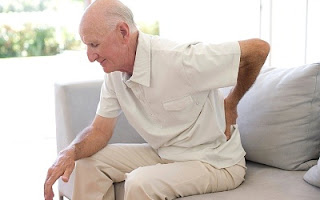The aging of the population and most difficult survival prognosis disease has prompted the authorities to develop specific programs for geriatric care and hospice.
Palliative care and pain treatment are essential to improve or maintain the quality of life of many patients affected by processes incurable, chronic or terminal.
It is necessary to provide palliative care to elderly patients with advanced disease and irreversible. The implementation of palliative care to these patients will present ethical challenges, so the comprehensive geriatric assessment in each case will help resolve the various conflicts.
The purpose of the nurse is:
- Providing the best quality of life for patients and their families.
- Philosophically, getting relief from suffering.
By: communication, control of symptoms and family support.
The Palliative Care Nurse goes beyond providing direct assistance to physical needs only. Rather care plans from the continuity, flexibility and accessibility. What accounts for poise and support in the daily life of patients and their families, also integrating it in the act of caring. Supports from the listener, must be sensitive and are awaiting the details that give comfort to the patient.
The properly care for the patient must be:
- Know and understand, through training and appropriate training and multifaceted.
- Want to do, based on the voluntary and personal qualities.
- Have the opportunity and means: financial, material and human resources.
- The idea of caring often promote him food, hydration, rest.
CONCLUSION
- It is very important nurse caring for the patient.
- Communication is a way to meet the needs of the sick or affected, do not forget that in many cases the most important tools for providing care are the word and listening from this listener can be made better care.
- It is important to the proper conduct of palliative care for terminal ill patient.
BIBLIOGRAPHY
Astudillo Alarcón, W. Albo Diaz, E. Garcia Calleja, JM Palliative care and pain management in international solidarity, 2009. Available at: http://scielo.isciii.es/scielo.php?script=sci_arttext&pid=S1134-80462009000400007&lng=es&nrm=iso
.jpg)

.jpg)










